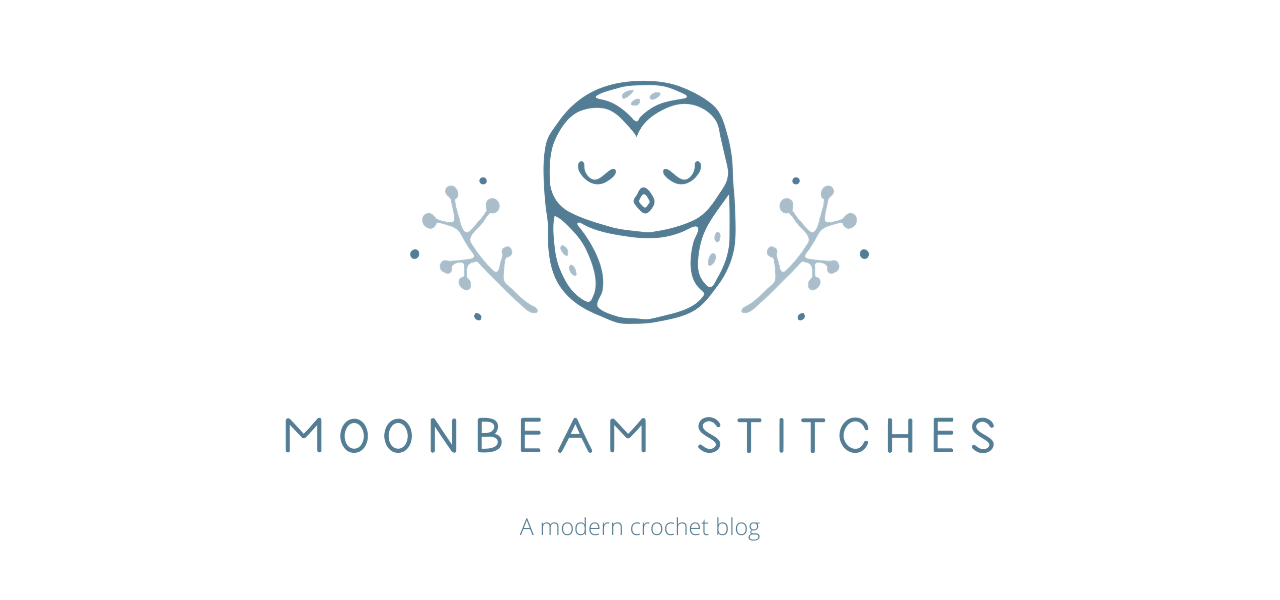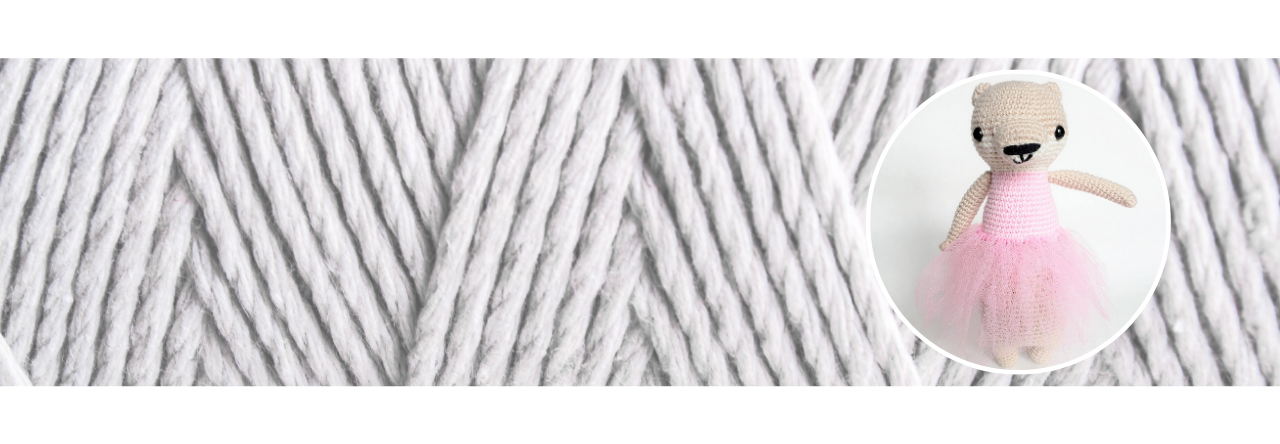
Ever walk into the yarn aisle and become paralyzed by all the options? Which yarn is best for amigurumi?
Yarn choice matters when it comes to amigurumi. You want your amigurumi to stand the test of time, withstand the play of children, and to look amazing! If you ask the Internet you’ll get a billion different answers and hear, “Whatever’s in your stash! You can use any yarn!”
And it’s true. You COULD use any yarn. But I’m going to make myself unpopular and say that you might not want to.




